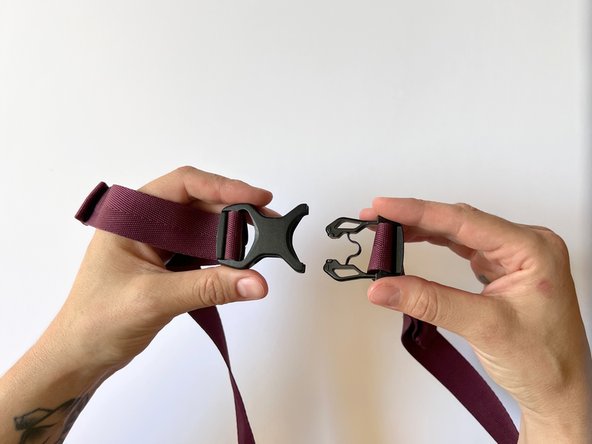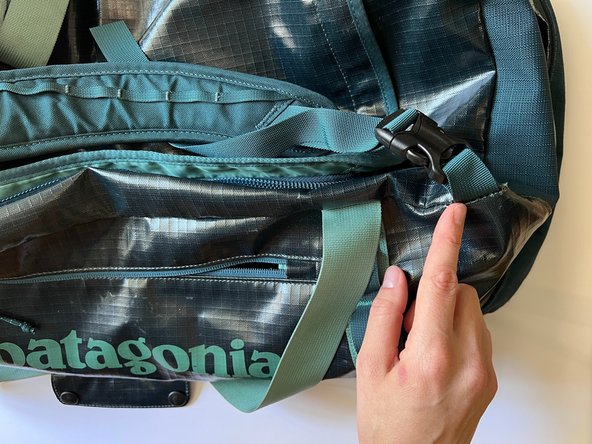crwdns2935425:05crwdne2935425:0
crwdns2931653:05crwdne2931653:0






Troubleshooting
-
MISSING BUCKLE: If the entire buckle is missing and it's not clear how it was originally oriented on the webbing, follow these guidelines:
-
A replacement buckle is sized by the width of the webbing it will be attached to.
-
As a general rule, when fastening a buckle while wearing an item, the release piece (insert) is held in the right hand while the lock piece (receiver) is held in the left hand.
-
VARIATIONS: Sometimes only one side of the buckle will be replaceable, like when one side is sewn onto a backpack.
crwdns2944171:0crwdnd2944171:0crwdnd2944171:0crwdnd2944171:0crwdne2944171:0